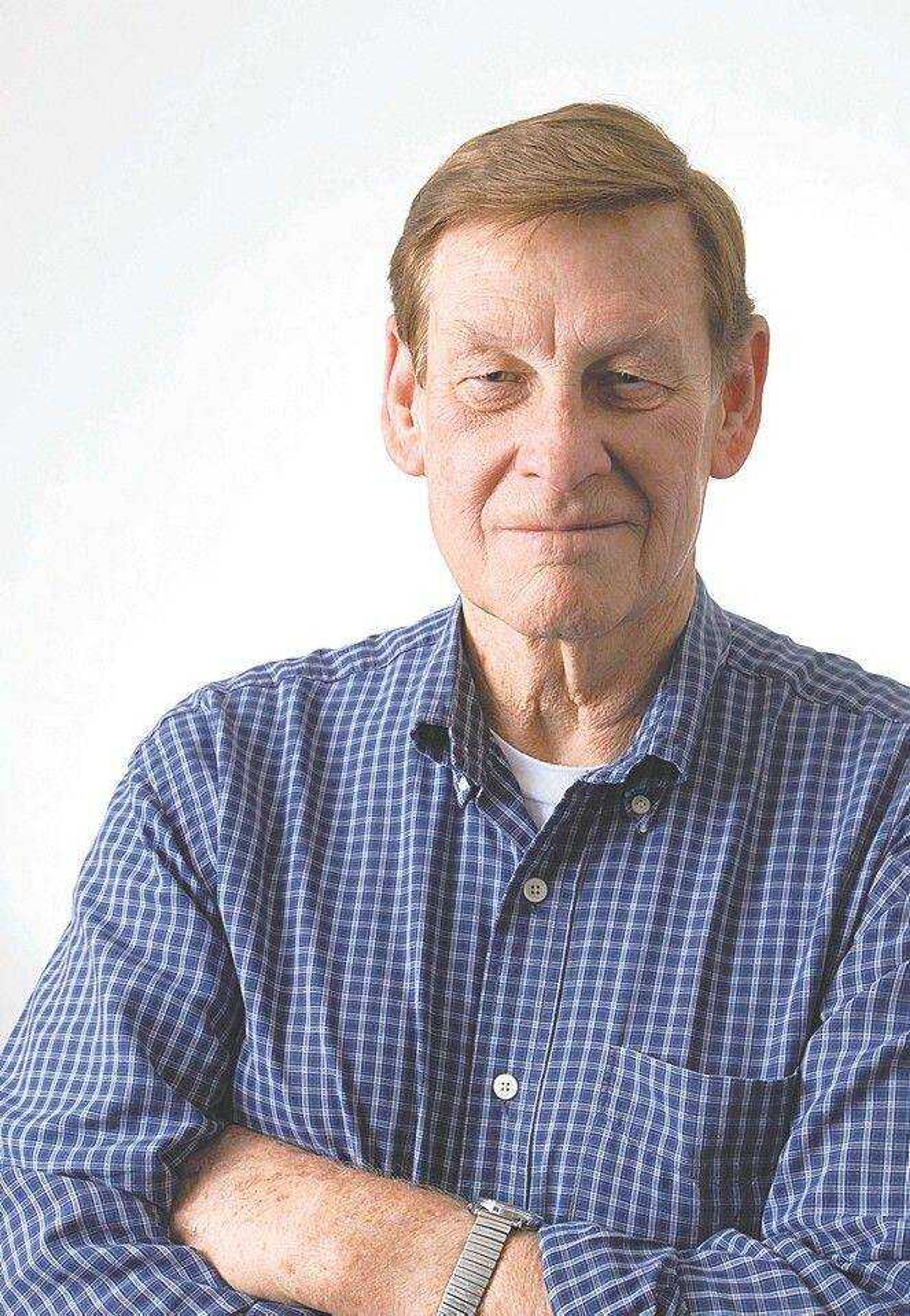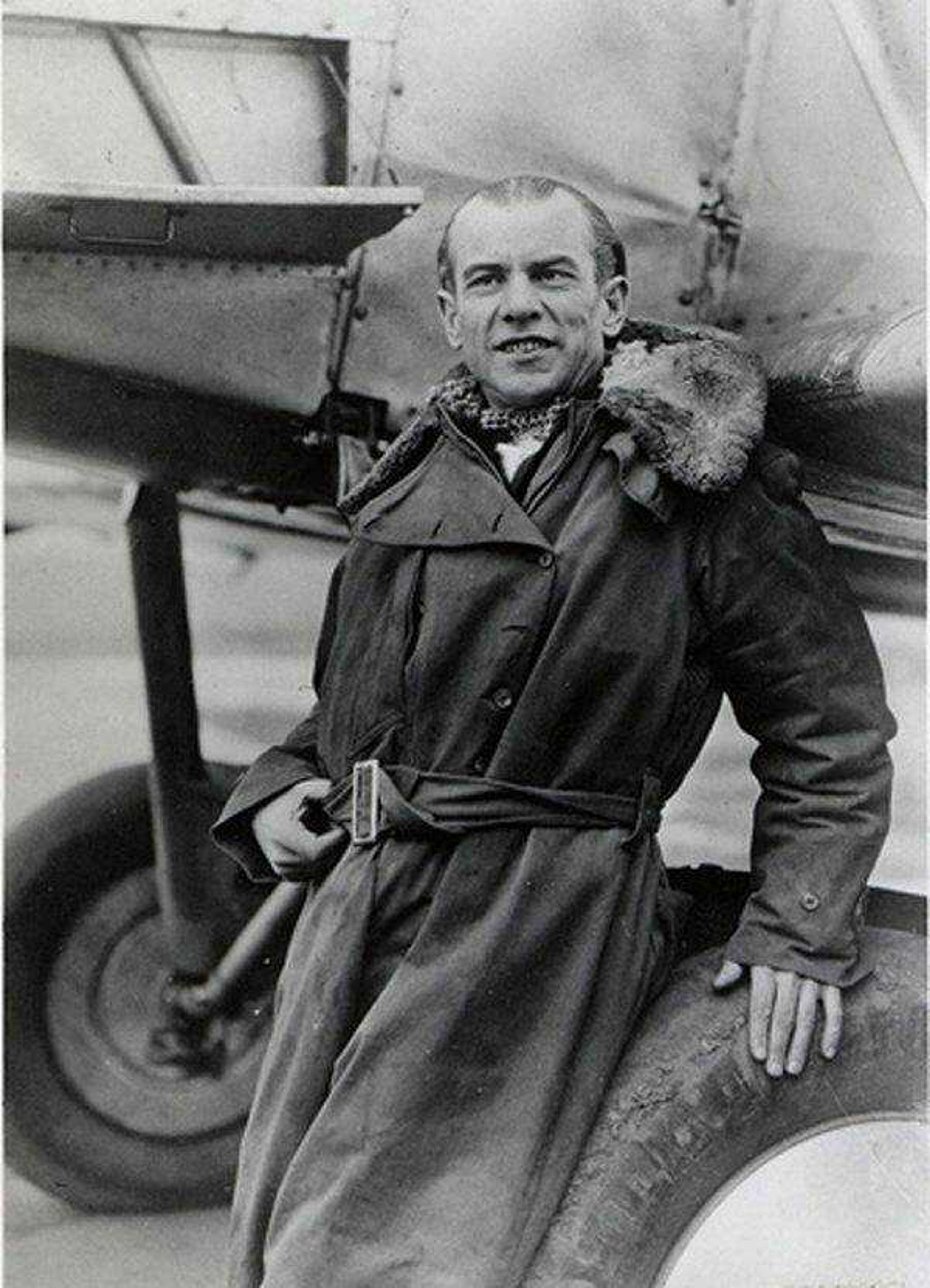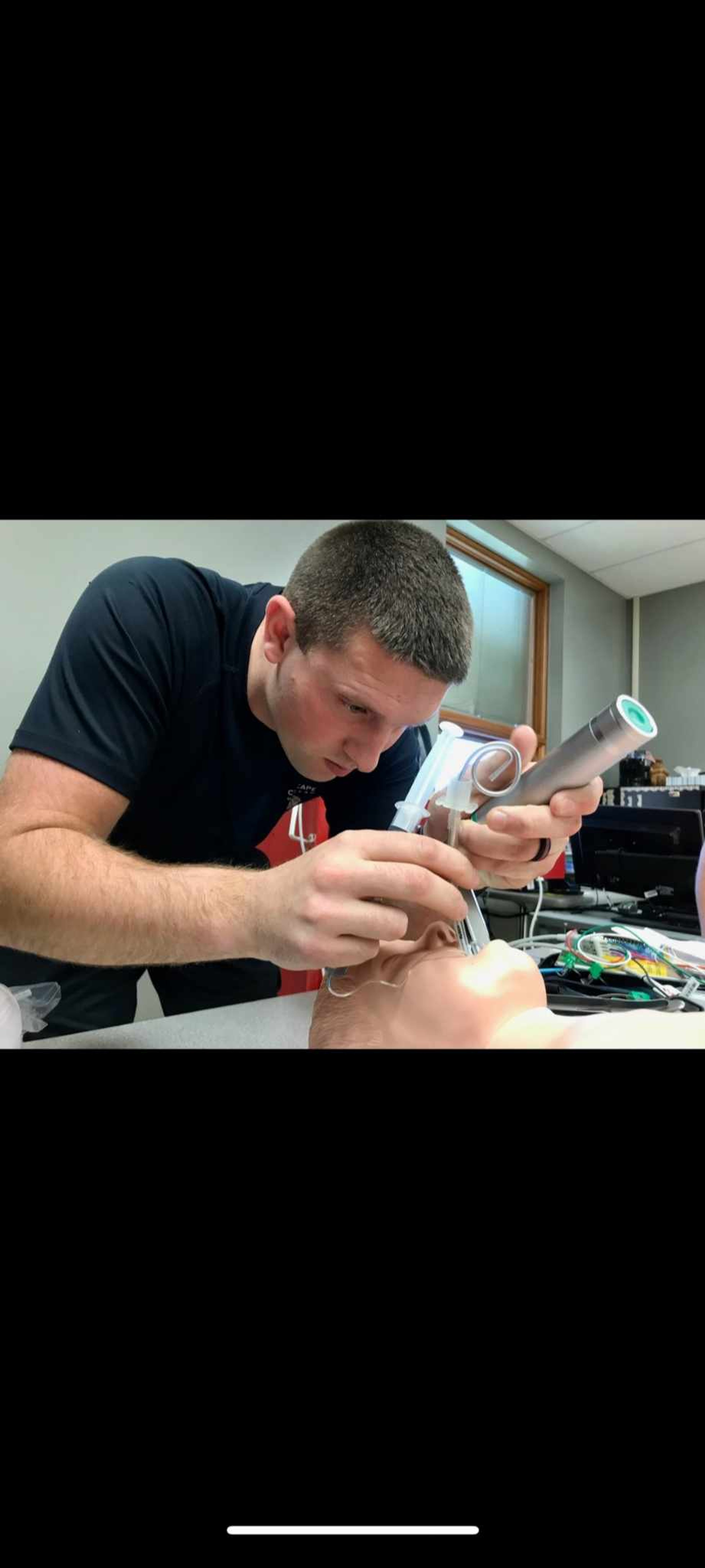Patton, Mo., native spread his wings
Southeast Missouri is defined by its special people and special places. A person who is clearly deserving of special recognition is Ira Oris Biffle from Patton, Mo. On Dec. 1, 1927, the first commercial airplane landed at Chicago Air Park, which was dedicated as Chicago Municipal Airport the following week, and Midway Airport in 1949. ...
Southeast Missouri is defined by its special people and special places. A person who is clearly deserving of special recognition is Ira Oris Biffle from Patton, Mo.
On Dec. 1, 1927, the first commercial airplane landed at Chicago Air Park, which was dedicated as Chicago Municipal Airport the following week, and Midway Airport in 1949. That first commercial plane came in from Omaha, Neb., with passengers and several bags of mail. It was a historic first for aviation in Chicago. The Boeing aircraft was piloted by Ira Oris "Biff" Biffle from Bollinger County.
Biffle was born Sept. 14, 1886, the son of Valentine and Matilda Berry Biffle. He spent his first 18 years on a number of farms in the Patton and Marble Hill, Mo., area. There in 1904 he learned about the Wright brothers and man's first flight. From that time forward, the Bollinger County farm could not hold him. From 1908 to 1914 he served two separate enlistments in the U.S. Army, classified as a musician from 1908 to 1911, and infantryman from 1911 to 1914. He left the service in San Diego, where he learned to fly.
By 1915 Biffle was one of America's first skilled aviators, airmail pilots, barnstormers and aviation instructors. In 1915 he joined three other enlisted pilots in San Diego to initiate the U.S. Army Air Service, a forerunner of the Army Air Corps. During World War I Biffle rejoined the U.S. Army as a first lieutenant and while stationed in San Diego is said to have trained more daring young men to fly than any other instructor.
Charles Lindbergh would later write that Biffle was the most hard-boiled instructor the Army ever had during the war. David Behnke, president of the Air Pilots Association, wrote that by 1915 Biffle was a very fine pilot.
Following the war, Biffle became one of the first government Airmail Service pilots, flying regularly between Chicago and Omaha. In 1919 he volunteered to fly a cargo of 600 pounds of mail in a nonstop flight from Chicago to Cleveland right after another pilot had been killed in a crash on the same route. He left the Airmail Service in late 1919 and flew for a number of companies, including the Nebraska Aircraft Corp. in Lincoln, Neb.
While serving as a flying instructor there in April 1922 he encountered his most famous student, Charles Lindbergh, who gave him $200 to teach him to fly. Lindbergh quickly impressed his instructor as a darned good student -- intelligent, quick and nervy, much above the average. After six hours of instruction, Lindbergh was, according to Biffle, ready to fly solo. Five years later, Lindbergh became the first pilot to fly, alone, nonstop, from New York to Paris, becoming one of America's most famous heroes and aviators.
When Charles R. Walgreen sought techniques to promote his newly developing chain of drugstores, he hired Biffle to fly his Sikorsky amphibian plane to transport himself, his dog, Peau Doux, and company executives to each store opening. As part of the promotional techniques, Walgreen would have Biffle fly local news reporters, employees and winning contestants on free flights over their hometown, and, of course, the local Walgreen store.
On April 7, 1934, at the age of 48, Biff died in a Chicago hospital, impoverished, nearly blind and generally forgotten. The man who trained Lindbergh to fly, was buried in Arlington National Cemetery, a special person, and an American hero from Patton.
@body_no_indent italics:Frank Nickell is the director of the Center for Regional History at Southeast Missouri State University. He studies the history of Southeast Missouri and the people in it. You can also hear his award winning program, "Almost Yesterday" at 7:49 a.m., Wednesdays on KRCU, 90.9 FM and KSEF, 88.9 FM, Farmington.
Connect with the Southeast Missourian Newsroom:
For corrections to this story or other insights for the editor, click here. To submit a letter to the editor, click here. To learn about the Southeast Missourian’s AI Policy, click here.











